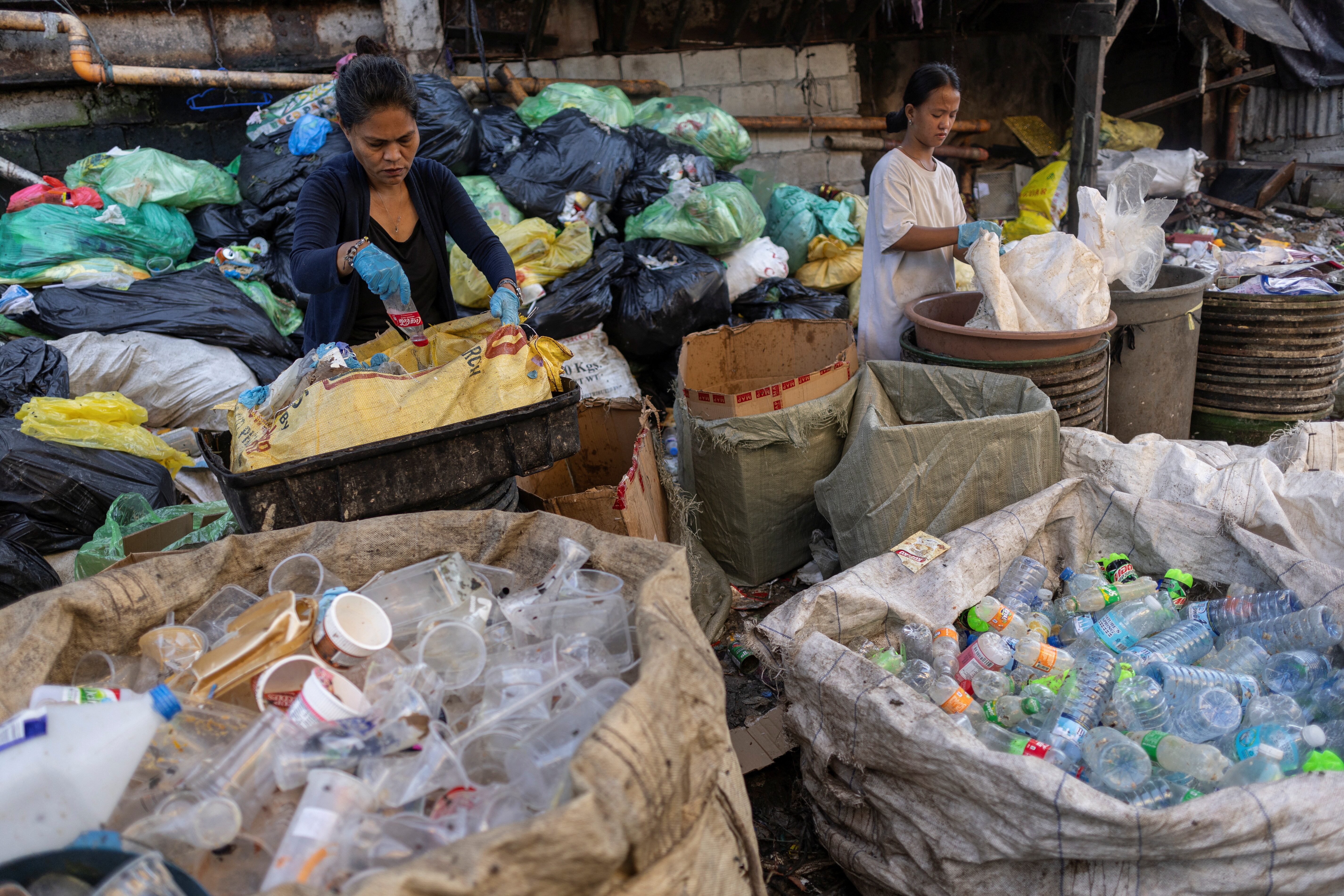We can stop plastic pollution at the design stage - here's how

If we can design out plastic waste, we won't need to clean it up Image: REUTERS/Antonio Bronic
Marine plastic pollution, commonly referred to as marine plastic litter, is a major global environmental problem. It harms marine species through ingestion and entanglement, violates the integrity of ecosystems, inhibits growth of marine plants, accumulates and transports pathogens that may cause disease and injuries to marine animals, plants and humans, and partly ends up in the food chain. Moreover, it causes economic losses due to reduced fishery yields, declining amenities for tourism, and damage to shipping and related infrastructure.
Some of the plastic in the oceans comes from fisheries, aquaculture, nautical activities and illegal dumping in the sea, but around 80% comes from the land. Land-based plastic pollution is caused primarily by inappropriate management of plastic packaging waste and short-lived products originating from various consumer products in numerous sectors. These consist, for example, of plastic bags; single and multilayer food and beverage containers; cleaning and personal care product containers; food wrapping and trays; plastic foil; single-use cutlery; cups; synthetic textiles and clothing; plastic footwear; and so on. Wind and rain carry this litter into streams and rivers, and then into the oceans.
How UpLink is helping to find innovations to solve challenges like this
Better management of plastic litter on land would clearly reduce the amount entering the oceans, but that doesn’t address the issue of what to do with the overwhelming amounts of plastic waste we generate in the first place. There is nowhere to throw it all away.
One way to approach the challenge is by transitioning to a circular economy, where the crucial concept is the designing out of waste. The key to the success of the circular economy approach is to focus on the design stage, rather than trying to deal with waste at the end of the product’s life.

In the case of plastic, the idea is to change practices and encourage innovation so that we use less plastic; design plastic products so that they can be reused; develop technologies to allow more effective and efficient reprocessing of used plastic; and devise and use safer alternatives to traditional plastics.
Plastic packaging, synthetic textiles and clothing, and short-lived, fast-moving consumer and institutional products made of plastics contribute significantly to the generation of marine plastic litter. There is hardly any global, regional, national report or research study on marine plastic litter that does not point out the contribution of packaging, single-use or short-lived consumer products, personal care products containing microbeads, synthetic clothing and microfibers, and fishing gear lost at sea.
The rapid, flowing nature of plastic packaging and short-lived plastic consumer products which become waste needs to be addressed by the consumers of plastic packaging, namely industries such as manufacturers of food and beverage producers, shoes, textiles and garments, as well as the manufacturers of short-lived consumer products. This is best done at the design phase within the value chain, through collaboration with plastic producers and converters - the companies which manufacture plastic products, ranging from toothbrushes to building pipes, from fruit boxes to car interiors.
In the product design stage, the following approaches might be considered:
1) Scrutinizing the necessity of packaging altogether
2) Selecting renewable, biodegradable and compostable materials and additives that are not toxic or that are less toxic than fossil-based plastics
3) Designing for less material use in order to decrease waste
4) Designing packaging and products that use a single or small number of polymers that are easy to separate during recycling
Policy measures to incentivize circular economy practices in design could consist of supporting the implementation of innovations in the re-design of existing products and the design of new products, as well as support for innovations and start-ups, in particular those related to new, biodegradable and compostable plastics.
Don't miss any update on this topic
Create a free account and access your personalized content collection with our latest publications and analyses.
License and Republishing
World Economic Forum articles may be republished in accordance with the Creative Commons Attribution-NonCommercial-NoDerivatives 4.0 International Public License, and in accordance with our Terms of Use.
The views expressed in this article are those of the author alone and not the World Economic Forum.
Stay up to date:
Plastic Pollution
Related topics:
Forum Stories newsletter
Bringing you weekly curated insights and analysis on the global issues that matter.
More on Circular EconomySee all
Felipe Basso
November 13, 2025







